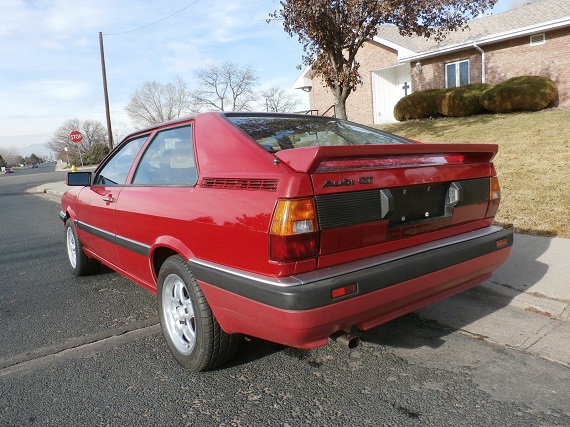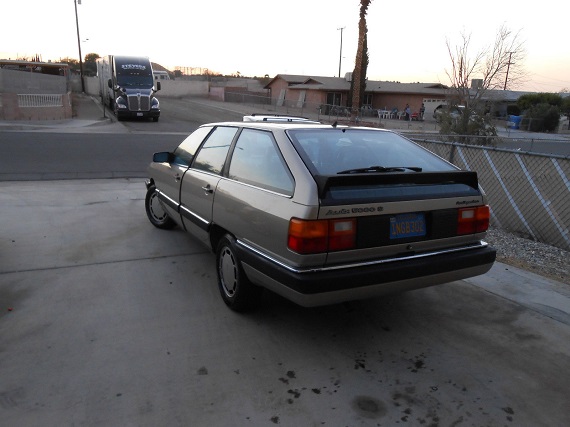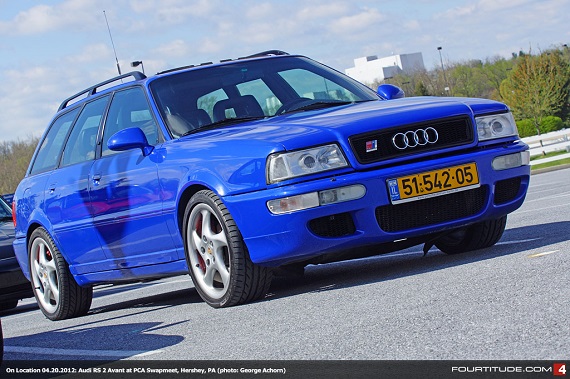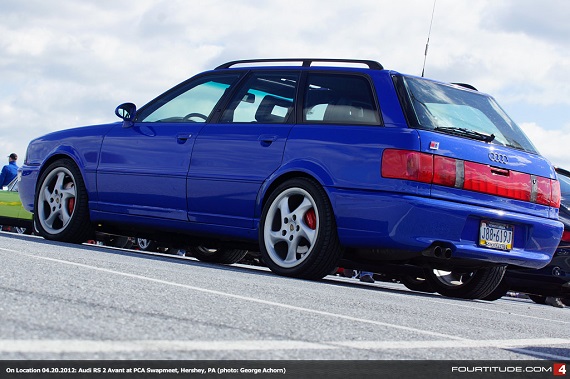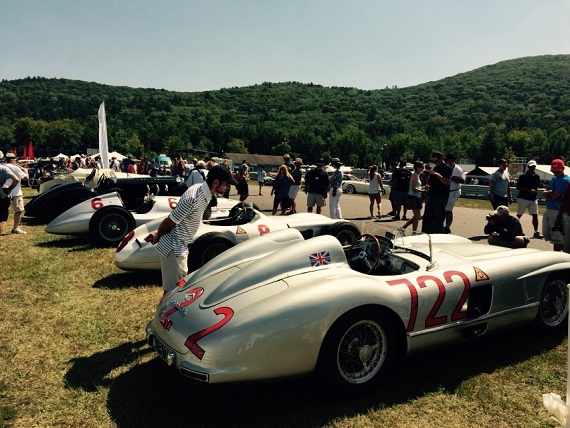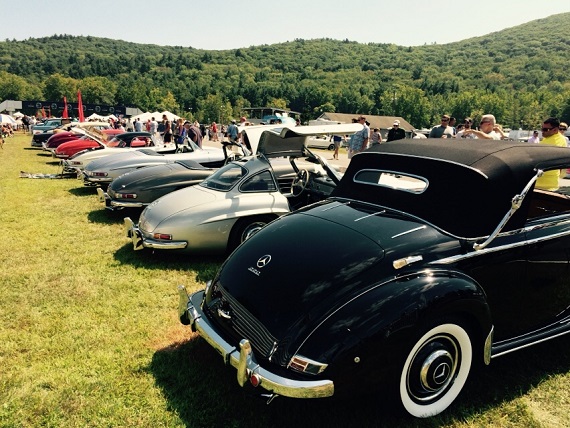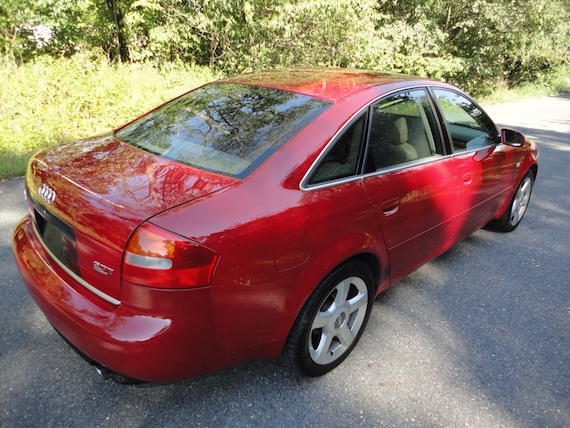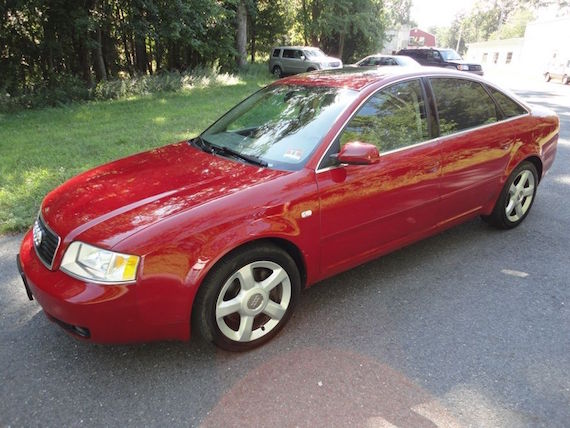Is a car ever really “free”? This past weekend, with help I managed to get the recently acquired Coupe GT running. That, in and of itself, was both awesome and created a problem. Don’t get me wrong, I was very excited to hear the inline-5 clack to life. But, had the car not run, in some ways it would have been much easier. Sadly, I could have taken the parts that were good and resigned myself to the reality that I just couldn’t save this one. But as old Audis do it sprang to life and immediately presented new problems; a frozen alternator, a leaking auxiliary radiator, and the inability to shift out of first gear. Even before tackling those problems, I’m already a few hundred dollars into the car in parts and delivery. Start adding up the potential bills, and the “free” car gets closer to the reality; it’ll likely end up costing close to market value (or perhaps even more). Wouldn’t buying one that was already done and in great shape be easier?
Tag: Audi
Why would anyone even contemplate paying $35,000 for a 21 year old, complicated and turbocharged Audi wagon that you can’t register in the U.S. for 4 more years? Because of the badge that adorns the front – the magical “Renn” added to the S2 badge, along with the legendary name Porsche scripted below. That meant that this relatively unassuming Audi 80 quattro Avant had been produced in Zuffenhausen rather than Ingolstadt and had added a healthy dose of even more “Sport” to the small chassis. Ostensibly, though the Sport Quattro was the first “RS” vehicle, the RS2 was the first to wear the badge which has become synonymous with Audi’s speed department. For many Audi aficionados, though the RS vehicles have become much faster and more luxurious, just like the 500E and the M3 Audi has never made a car better in its overall execution than the original. Not that it was slow by any means; Porsche’s massaging of the inline-5 resulted in 311 horsepower – even more than the Sport Quattro had from essentially a very similar motor – so despite being much heavier than the Sport had been, the RS2 wasn’t much slower; sub-5 seconds to 60 and a top speed north of 160 mph. Along the way, it was capable of bullying everything outside of a supercar; yet this car also established the move from Audi’s 2-door “halo” vehicle to a long line of fast five doors. Porsche also upgraded the brakes and wheels with Brembo units and 17″ “Cup 1” wheels creating a signature link. So, too, was the color signature; original called “RS Blue” rather than the color name it’s often mistaken for – the later Nogaro – the bright blue is still the go-to shade for Audi’s fastest. Even within its fast contemporaries, this car was legendary, and the upgrades to the motors and wheels spawned an entire generation of enthusiasts to turn up their inline-5s stateside. Of course, the RS2 wasn’t imported here – nor were any of the S2s for that matter, or even the 80 Avant. That makes seeing one in the U.S. exceptionally rare (and, currently illegal….):
CLICK FOR DETAILS: 1994 Audi RS2 Avant on Rennlist
5 CommentsFor those with a good memory, you may remember my posts about last year’s work on refinishing a set of BBSs. Well, the time had finally come and a killer deal on Dunlops from The Tire Rack presented itself, and I pulled the trigger. Stories of leaky RSs and my father’s experience with his vintage Euro M6 TRX RSs led me to look for a sealant to add; although I hadn’t pulled apart the wheels, there’s no denying that they’re the best part of 30 years old at this point and the original seal could be suspect. I picked up some GE metallic-colored silicone from Amazon, and about 10 minutes of work applying, smoothing the bead in between the sandwich of the 3 piece wheels and 24 hours of drying later the RSs were ready for rubber for the first time in a decade.
6 CommentsIn the late 1990, Volkswagen began the long push to become the segment leader for mid-sized sedans. The B5 Passat was a leap forward over the slow selling and somewhat cantankerous B4 Passat, catching their Japanese competition off-guard. The styling was smooth and almost Bauhaus-like. The Audi A6 that would arrive on the scene in 1997 echoed a lot of the new Passat’s attractive lines wrapped into a more luxurious package. A number of C5 A6s were available, from the garden variety 2.8 to a fire-breathing RS6 with it’s biturbo V8. This 2.7T Quattro splits the middle in terms of performance, with the 2.7 liter biturbo V6 mated to a 6-speed manual gearbox. This one has had a host of maintenance and comes with an upgraded RS4 clutch.
